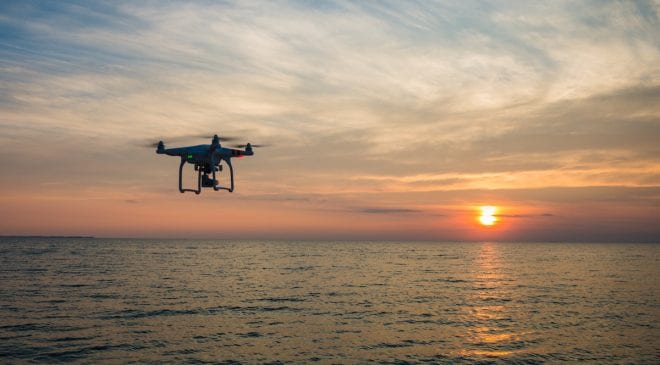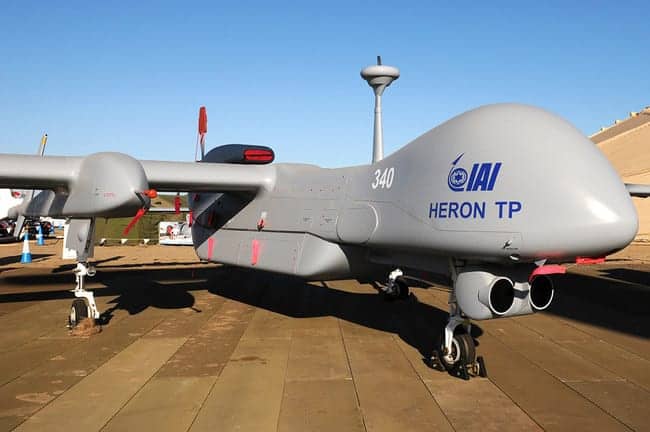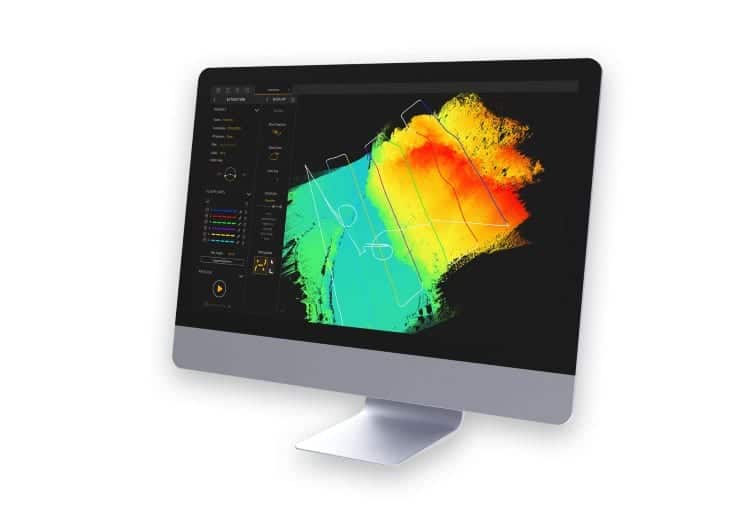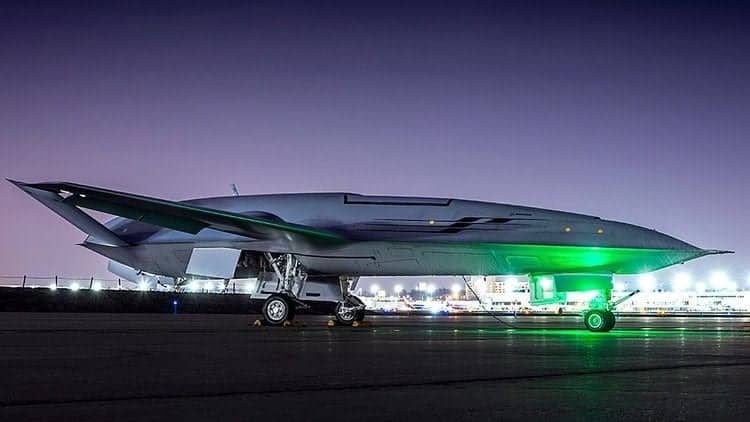Airbus has announced that the Spanish Air Force has become the first air force worldwide to support the development of the company’s drone and augmented reality (AR)-based maintenance inspection services, with the aim of drastically reducing maintenance inspections for large military aircraft and increasing overall fleet availability.
This digital innovation technology will initially be trialled on Spanish Air Force A400M aircraft based at Zaragoza Air Base (31st Wing), with options to extend the technology to other aircraft, including the C295 and the CN235.
General José Luis Pardo Jario, Head of the Spanish Chief of the Air Staff office, said: “This technology has the potential to make a major contribution to maintenance tasks for our fleet. Not only is it more time and cost efficient, above all it allows the upskilling of aircraft maintenance personnel, in accordance with the new digital era we all need to contribute towards in order to reap its benefits.”
The technology relies on drones equipped with sensors and high-definition cameras to scan, in a matter of hours and not days, the exterior of an aircraft undergoing a maintenance inspection. A secured connection allows data and information generated to be displayed on tablets and augmented reality glasses, allowing staff to quickly identify and apply maintenance procedures and corrective actions while ensuring all inspection and maintenance procedures are formally and fully recorded on the maintenance log. Not only does this technology reduce the maintenance inspection time, it supports the early detection of defects and helps guarantee quality and post-maintenance airworthiness.
José Antonio Urbano Torres, Military Aircraft R&D Chief Engineer, said: “Innovation and technological development are part of our DNA. Airbus invests considerable human and economic resources in the research and development of new processes, products and services to meet the current and future needs of our customers. We would like to thank the Spanish Air Force for its contribution and commitment to the development and maturity of this system, which is sure to revolutionise military aircraft maintenance.”
The tests with the Spanish Air Force A400M will allow Airbus to use real user data, not only to consolidate the algorithms for safe autonomous flight of the drone around an aircraft thus avoiding the use of scaffolding and heavy mobile equipment that risks damaging the aircraft, but also to process the terabytes of images and data as a deep learning library that allows for the development of a robust Artificial Intelligence-based defects detection system.
The post Airbus to Trial Drone and AR-Based Aircraft Inspection appeared first on Unmanned Systems Technology.


















